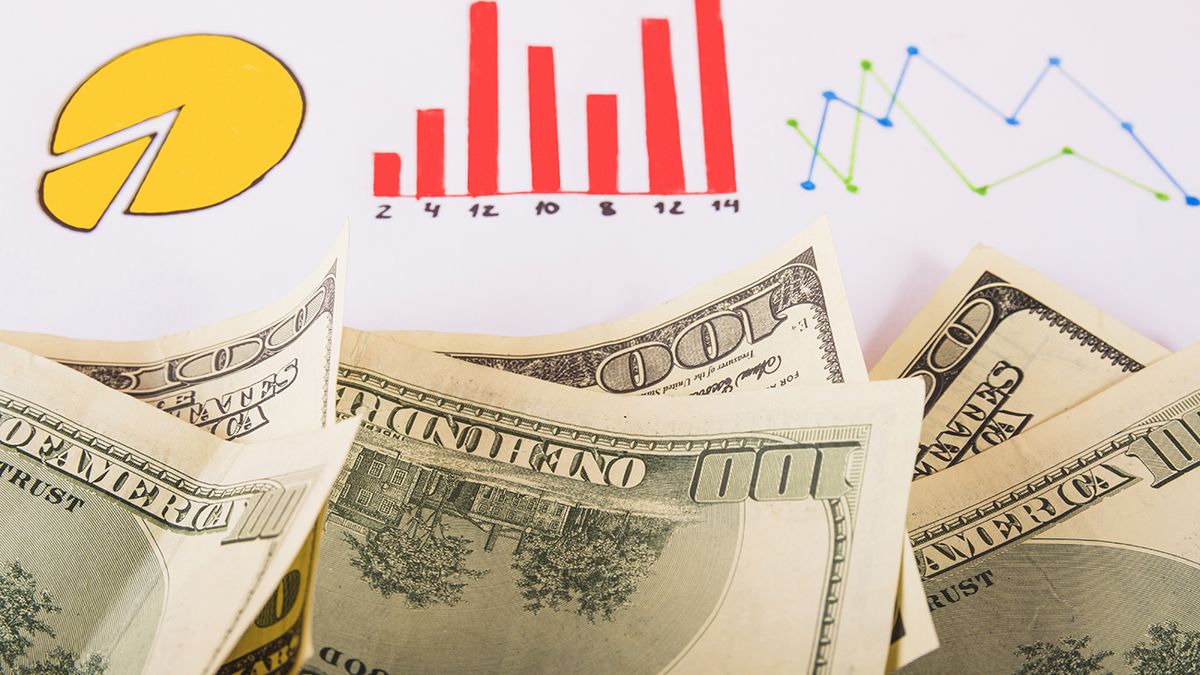“In economics there are no prices…”, commented a dear teacher in class, some time ago, before the incredulous look of the students. “What exists are relative prices,” he continued. And it’s true: we keep in mind the prices of many things, but we never use them individually, but in relation to other values, prices of other things or each one’s own income, savings, other expenses, etc.
The matter is relevant because we are in full process of changes regarding price references at different levels in the economy, and it is interesting to take stock when the first half of the year has already closed.
Last week, the Consumer Price Index (CPI)which measures retail inflation, fell almost half a point in June and closed at its annual rate at slightly less than 6%being located for the first time in several years within the Target Range of the Central Bank (BCU). The drop was mainly due to the decrease in the price of fuels and the price of fruits and vegetables, but the inflation (which had risen largely due to external prices) is falling worldwide and Uruguay is no exception.
The decline seems firm (the Underlying inflation also low) and it is expected that the annual rate of the CPI will remain low in the coming months. Of course, the strong dollar decline: the greenback fell almost 4% in June compared to the same month last year.
All this evolution is observed very carefully by those who must define the salary increases for the next few months. Entrepreneurs and workers -with the mediation of the government- are negotiating these increases, considering the general objective of continuing the process of real wage recoverywhich implies that nominal increases are greater than inflation.
However, what will the inflation be? The expectations are diverse: the BCU has raised that it will not exceed 6% from now to 2 years. He Ministry of Economy and Finance (MEF), in Accountability, raises 6.7% for this year and 5.8% for next year. Entrepreneurs (median response) are much more skeptical: they project 8% annual inflation in the next 12 months.
Stubbornness, greed? In the same survey of National Statistics Institute (INE) that collects business opinion, is part of the answer: they expect costs to rise even more: 9% per year. This may be exaggerated considering the evolution of the CPI, but not the salary that has increased by more than 10% on average in the last year. The salary cost is not everything, but it is important, particularly in service companies. And it is particularly rigid.
Price Indicators.jpeg
For companies that have their market basically at the local level, the matter may not be of great difficulty, at least in the short term, since surely can pass the increase in costs to prices. But for companies that compete with products or services from abroad, both in exports and in the local market, the matter is complicated: If costs continue to rise and prices fall, margins shrink and with them jobs can shrink or the business can disappear altogether.. Of course you can persevere with higher productivity, innovation, etc., but that game is for the long term and prices are defined now.
This is the underlying theme when talking about the exchange rate delay: if prices, measured in dollars and in relation to external competitors, rise more than what the economy itself can sustain and complicate competitiveness, we will have a problem. That is why effective and robust coordination of monetary policy with wage policy (also, obviously, with fiscal policy) is essential. The BCU itself claims it in its latest statement, warning about salary inertia.
Income in dollars above what is sustainable is dangerous because it is misleading: they generate an expansion of consumption in the short term, but problems of employment and activity in the medium and long term. Something ideal for bad politicians, short-sighted, but should be avoided if politics is serious.
Source: Ambito




